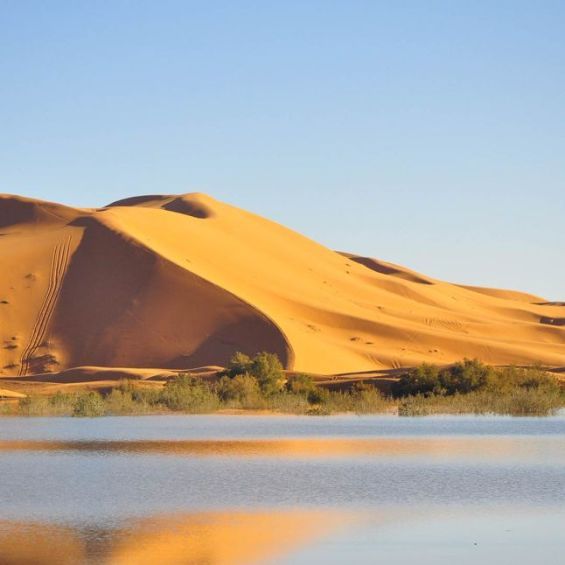The Sahara Desert is set to experience a significant rainfall event over the next two weeks. Meteorologists predict precipitation levels ranging from 500% to 1000% above normal for August and September across large parts of the desert.
The Sahara, spanning 9.2 million square kilometers across North Africa, is typically one of the driest regions on Earth. Many areas receive less than 25mm of rain annually, with some locations having no recorded rainfall in modern times. However, this unusual weather pattern is poised to deliver what could be years' worth of rain in just a fortnight.
According to Severe Weather Europe, while the Sahara experiences a major rainfall event on average once per decade, the anticipated precipitation could match or surpass the historic event of 1994. Some areas may receive between 70 to 300mm of rain, equivalent to one to five years' worth of typical rainfall.
The cause of this anomaly appears to be a significant northward shift of the Intertropical Convergence Zone (ITCZ), a band of clouds and rainfall that typically hovers near the equator. Since June, the ITCZ has been positioned much further north than usual, potentially disrupting normal weather patterns and even affecting the Atlantic hurricane season.
Weather models indicate widespread rainfall across the Sahara over the next 16 days. While the amounts may seem modest by some standards, they represent a substantial deviation from the norm for this arid region. The European Centre for Medium-Range Weather Forecasts (ECMWF) predicts rainfall anomalies extending into early September, with some areas potentially receiving over 1000% of their normal precipitation.
This event's rarity is underscored by historical data. Analysis of August rainfall patterns over the past 53 years reveals only four years with strong positive anomalies. September data shows just one comparable event in 1994, suggesting that the current forecast could place 2024 among the wettest years on record for the Sahara.
Experts note that such extreme weather anomalies may indicate significant instability in the global weather system. While the long-term implications remain unclear, this event serves as a stark reminder of the dynamic and sometimes unpredictable nature of Earth's climate.




 chargement...
chargement...












